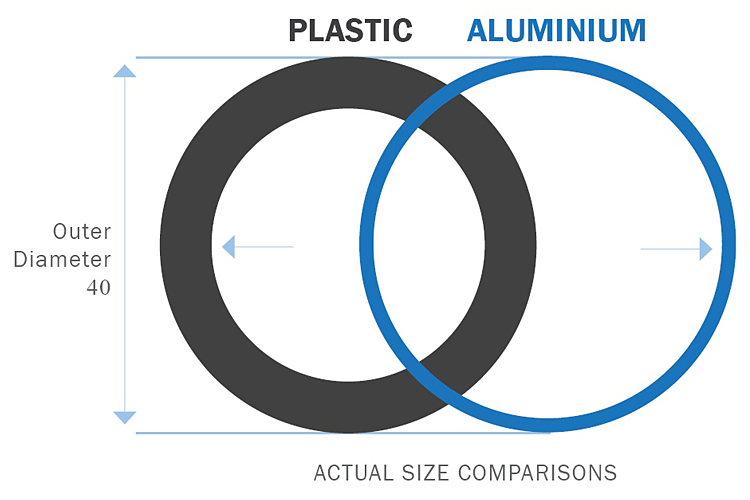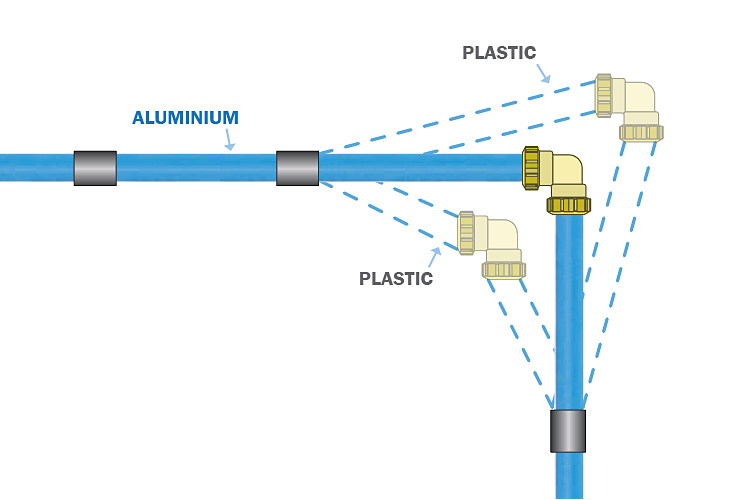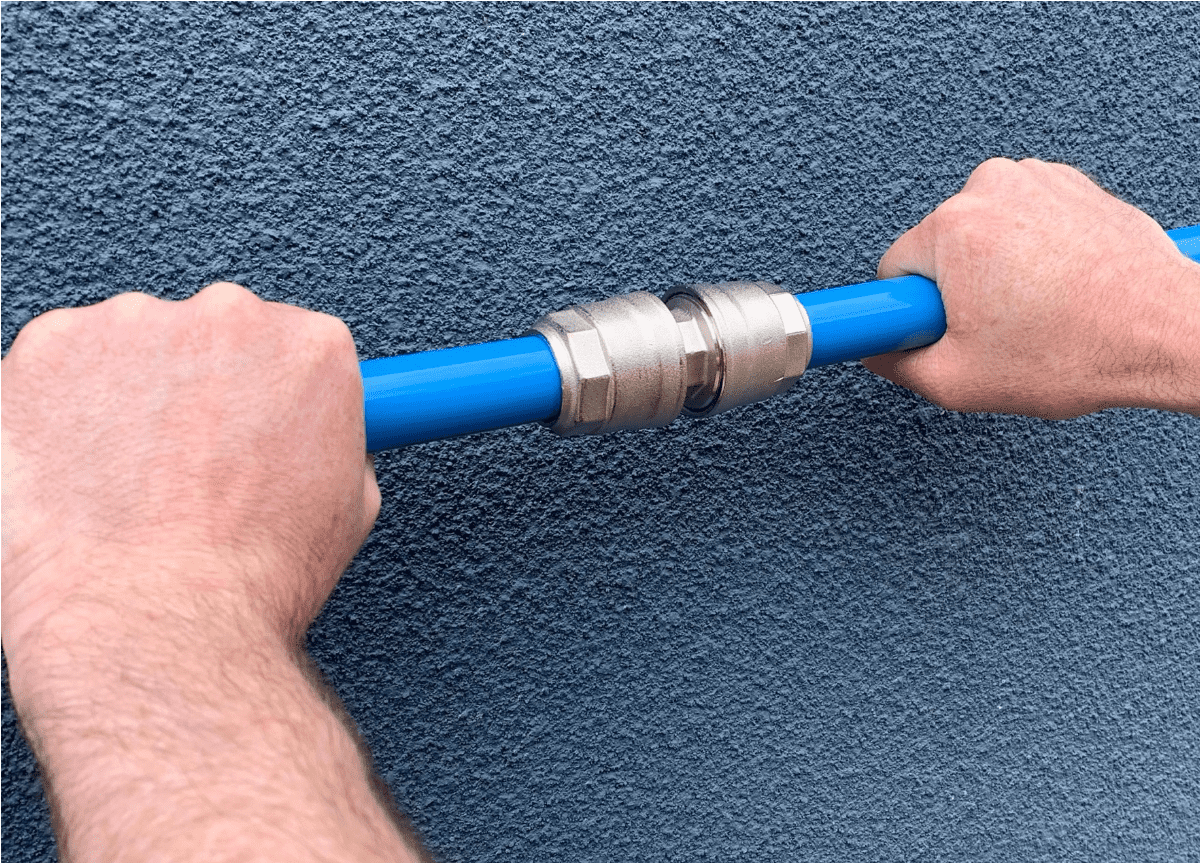Choosing your compressed air system
The Australian compressed air industry has long been dominated by plastic and galvanised steel piping products – materials borrowed from allied industries such as the building and plumbing sectors. Traditionally, engineers and contractors have consistently specified such systems due to low material costs, familiarity, and most of all, habit.
More recently, due to the tightening of workplace health & safety regulations, Australian standards, and a shift in industry thinking, advancements have been fostering; possibly the most significant of which being the development of piping systems specifically designed for the purpose of compressed air distribution.
Introducing aluminium compressed air piping
Aluminium piping was introduced into the industry during the late 1980s as an alternative to plastic and steel, however, it has remained relatively underutilised and unappreciated until now. This article explores the various differences between aluminium and plastic pipe, and the clear advantages that can be seen from an all-metal system.
More recently, due to the tightening of workplace health & safety regulations, Australian standards, and a shift in industry thinking, advancements have been fostering; possibly the most significant of which being the development of piping systems specifically designed for the purpose of compressed air distribution.
Aluminium allows for better flow rates
When comparing the internal diameter of aluminium with plastic pipe of the same outer diameter, you will find one large and obvious advantage. The significantly thinner, yet more rigid wall of aluminium provides a much larger internal diameter, resulting in far greater flow rates and reduced pressure drop compared to plastic of the same size.
As such, it is possible in many cases to drop down one pipe size when utilizing aluminium, subsequently saving on material costs, while still achieving the same or better flow as plastic. Additionally, the leak-free seal created by many aluminium system fittings, coupled with the smooth bore of the internal pipe surface leaves virtually no lip to cause turbulence and disrupt laminar flow.

Aluminium can withstand extreme conditions
Aluminium piping has proven to exhibit far superior climatic resistance to that of plastic. Unaffected by sunlight, aluminium presents extreme fire resistance and is able to maintain a consistent 15 bar working pressure at temperatures up to 80°C.
In comparison, the integrity of plastic piping can become compromised due to prolonged sun expose, offering minimal fire resistance, and experiencing a significant drop in maximum pressure rating upon increased temperatures. If installed correctly, the non-corrosive nature of aluminium means that the compressed air network will operate efficiently for far longer than any traditional alternative.

Aluminium does not expand or contract
Due to its heat resistant composition, aluminium presents very minimal expansion and contraction upon extreme shifts in temperature.
Plastic, on the other hand, has been shown to expand up to as much as 50mm for every 100m of pipe, resulting in substantial buckling of the entire ring main system. In addition, while plastic is prone to sagging and bowing due to heat expansion, aluminium maintains its form, meaning less clips are needed during installation to preserve the long-term structure of the system.

Installation is quick and simple
The rigid nature of aluminium prevents it from bowing and sagging, meaning that even at long lengths, it requires fewer clips (every 2-3m) and is possible for just one technician to connect. During installation, manipulation of the pipe is easy, however once bent, it will hold its shape.
Plastic piping on the other hand takes more time and manpower to install, resulting in far higher labour costs. Prone to substantial sagging, more clips are required to maintain structure, and extra fittings are required to bend the pipe and keep it in shape.

The influx of aluminium compressed air systems in today’s market underlines it as the way of the future for air distribution. While initial capital cost may be higher than that of plastic, the long term savings in installation, maintenance and output places aluminium at the forefront of the industry.

